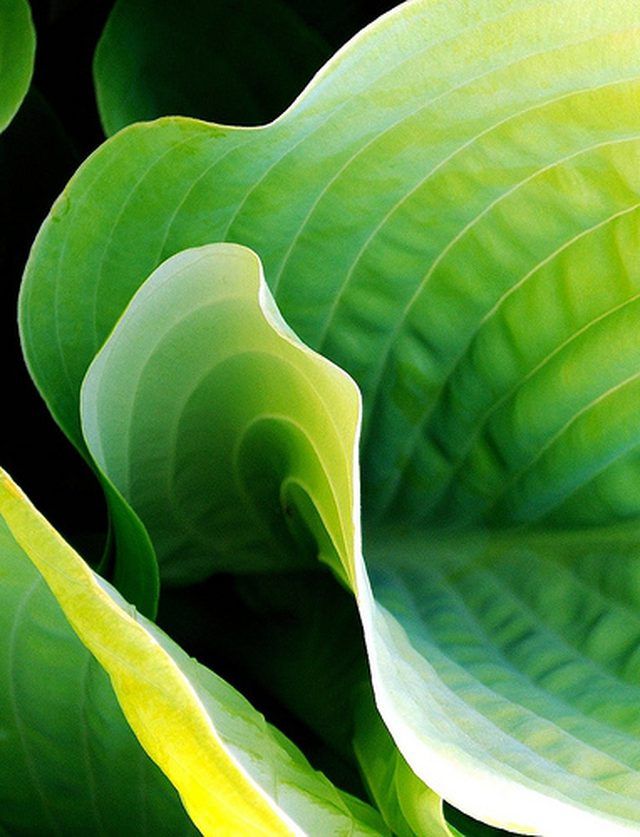Bulbs
Flower Basics
Flower Beds & Specialty Gardens
Flower Garden
Garden Furniture
Garden Gnomes
Garden Seeds
Garden Sheds
Garden Statues
Garden Tools & Supplies
Gardening Basics
Green & Organic
Groundcovers & Vines
Growing Annuals
Growing Basil
Growing Beans
Growing Berries
Growing Blueberries
Growing Cactus
Growing Corn
Growing Cotton
Growing Edibles
Growing Flowers
Growing Garlic
Growing Grapes
Growing Grass
Growing Herbs
Growing Jasmine
Growing Mint
Growing Mushrooms
Orchids
Growing Peanuts
Growing Perennials
Growing Plants
Growing Rosemary
Growing Roses
Growing Strawberries
Growing Sunflowers
Growing Thyme
Growing Tomatoes
Growing Tulips
Growing Vegetables
Herb Basics
Herb Garden
Indoor Growing
Landscaping Basics
Landscaping Patios
Landscaping Plants
Landscaping Shrubs
Landscaping Trees
Landscaping Walks & Pathways
Lawn Basics
Lawn Maintenance
Lawn Mowers
Lawn Ornaments
Lawn Planting
Lawn Tools
Outdoor Growing
Overall Landscape Planning
Pests, Weeds & Problems
Plant Basics
Rock Garden
Rose Garden
Shrubs
Soil
Specialty Gardens
Trees
Vegetable Garden
Yard Maintenance
Information on Elephant Ear Plant
Information on Elephant Ear Plant. The Elephant ear plant is a member of the Caladium family, and is also a taro. It has huge leaves that are shaped like the ears of an elephant. It can be poisonous to children or animals.

The Elephant ear plant is a member of the Caladium family, and is also a taro. It has huge leaves that are shaped like the ears of an elephant. It can be poisonous to children or animals.
Size
An Elephant Ear Plant can grow to 3 to 5 feet in height when fully mature. (See Reference 1)
General Care
Plant the Elephant Ear Plant in an area that receives partial shade with nutrient-rich soil. Keep the plant well watered. Cold temperatures are not well tolerated. (See Reference 2)
Propagation
Dig up an existing plant to propagate by dividing the bulbs and roots in to three separate sections. Replant all sections and care for them as normal. (See Reference 3)
Geography
The Elephant Ear Plant is native to parts of Asia. As a perennial, it grows best in USDA zones 8 to 11 (warmer climate regions stretching from Florida to Texas), but can be grown as an annual in other areas by digging up the bulb to replant the following year.
Fun Facts
The bulb of the Elephant Ear Plant can be cooked and eaten when mature by roasting or frying. Young leaves are also cooked and eaten in some areas. The plant loses its toxicity when cooked.
One variety, the Wetland taro, is the source of the Polynesian food poi.
Warnings
All parts of the Elephant Ear Plant can cause stomach aches if ingested without cooking. Contact with the sap can irritate sensitive skin.
Colocasia esculenta, wild taro, is an invasive exotic in much of peninsular Florida. It is listed by the Florida Exotic Pest Plant Council as a Category I Species, known to be disrupting native plant communities and displacing native plant species.